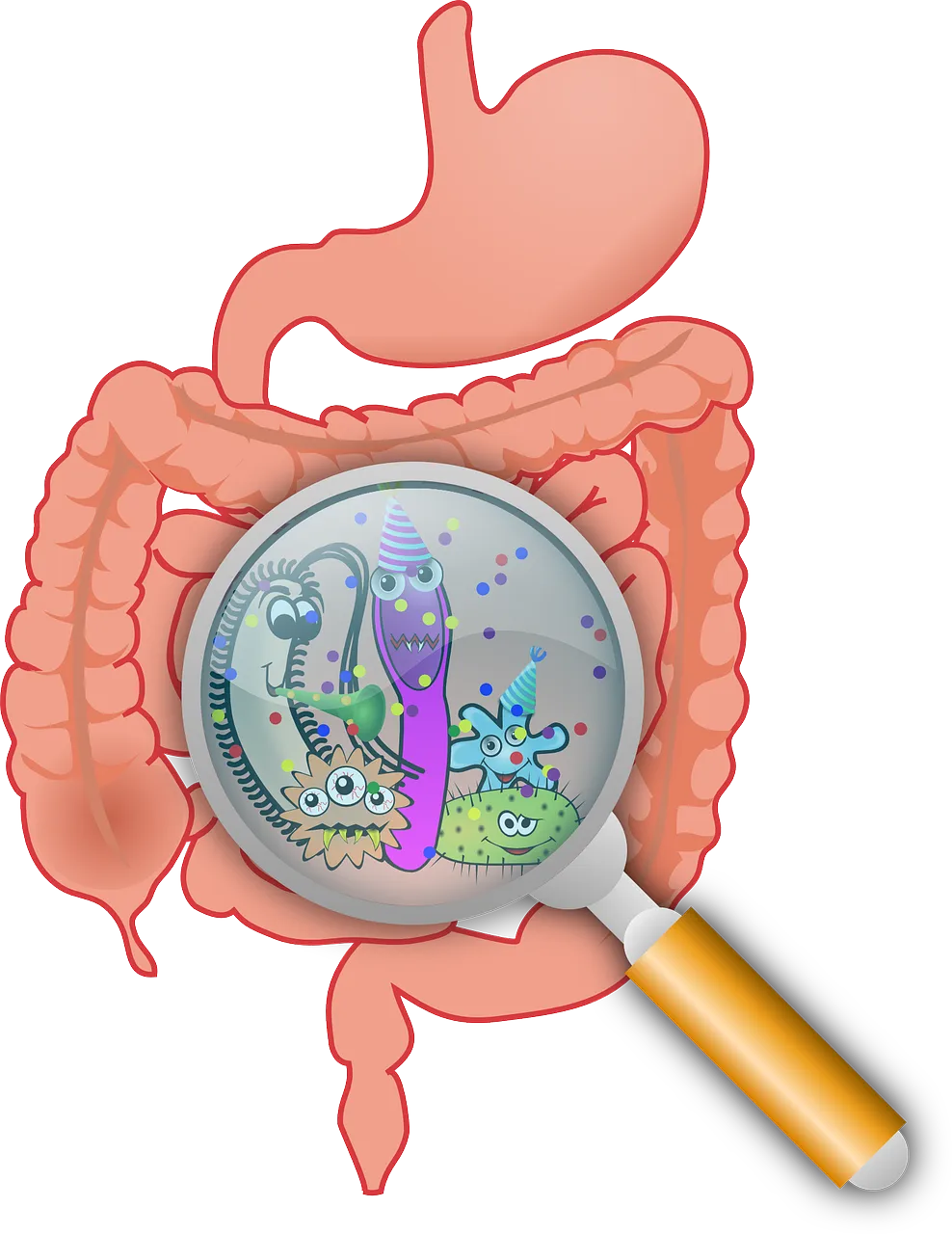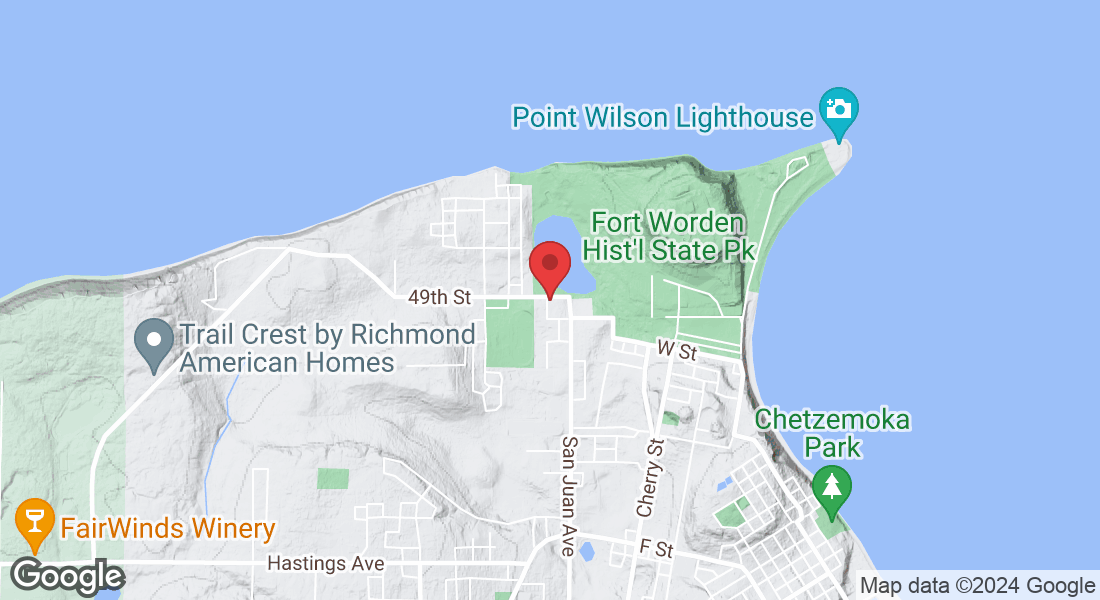WELCOME!
To those who have found this page!
This site is dedicated to The Wandering Bear Wellness Blog and Newsletter. It may, at some point, have a rhyme or reason, but for now, it is a place for questioning one's beliefs, a place for deeper connection—to self, the land around you, and others. It is not here to make you feel good about yourself or judge. It is merely a place to open up a conversation about the world we live in, with the intention of breaking free, or at least beginning to break free, from that which no longer serves our best interest.
May you find your story in my writing. May you begin to question your beliefs, and may you find joy in the mystery of life.

SIBO
Understanding SIBO: Causes, Symptoms, and Steps to Heal
If you've been struggling with persistent digestive issues like bloating, gas, or abdominal discomfort, and no amount of diet changes seem to help, you might be dealing with SIBO, or Small Intestinal Bacterial Overgrowth. SIBO is a condition that often flies under the radar but has profound implications for gut health and overall well-being.
In this post, we’ll dive into what SIBO is, its common causes and symptoms, and practical steps for healing and prevention.
What is SIBO?
SIBO occurs when bacteria that normally reside in the large intestine migrate to the small intestine, where they don’t belong. While bacteria are vital to a healthy gut, the small intestine is primarily meant for nutrient absorption, not bacterial fermentation. When bacteria overgrow in this area, they feed on undigested carbohydrates, producing gas as a byproduct. This leads to the uncomfortable symptoms associated with SIBO.
Common Causes of SIBO
SIBO doesn’t happen in isolation; it’s often a result of underlying issues that disrupt the gut’s natural balance. Here are some common triggers:
Impaired Gut Motility
Conditions like irritable bowel syndrome (IBS), diabetes, or hypothyroidism can slow down the movement of food and bacteria through the digestive tract.
Structural Abnormalities
Scar tissue from surgeries, small bowel obstructions, or diverticula (pockets in the intestinal wall) can create environments where bacteria thrive.
Low Stomach Acid
Stomach acid acts as a natural barrier, killing off bacteria before they reach the small intestine. Chronic use of antacids or conditions like H. pylori infections can lower stomach acid levels, increasing the risk of SIBO.
Dysfunction of the Ileocecal Valve
This valve separates the small and large intestines. If it doesn’t function properly, bacteria from the colon can backflow into the small intestine.
Other Conditions
Autoimmune diseases, celiac disease, and chronic stress can compromise gut health, making SIBO more likely.
Symptoms of SIBO
SIBO symptoms often overlap with other digestive disorders, making it challenging to diagnose. Common signs include:
Chronic bloating and gas
Abdominal pain or cramping
Diarrhea, constipation, or alternating between the two
Food intolerances, especially to carbohydrates
Nutrient deficiencies (e.g., vitamin B12, iron)
Fatigue and brain fog
Unexplained weight loss or weight gain
If you’ve been experiencing these symptoms consistently, it’s worth discussing SIBO with a healthcare professional.
Testing for SIBO
The most common way to test for SIBO is through a breath test. This measures the levels of hydrogen and methane gases produced by bacteria in the small intestine after consuming a sugary solution. While the test isn’t perfect, it can provide valuable insights into the presence and type of bacterial overgrowth.
Steps to Heal SIBO
Healing SIBO involves a multifaceted approach that addresses the root causes, eradicates bacterial overgrowth, and restores gut health. Here’s a roadmap:
Work with a Professional
SIBO treatment is complex and varies depending on the type (hydrogen-dominant, methane-dominant, or mixed). A qualified healthcare provider can guide you through personalized testing and treatment.
Antimicrobials or Antibiotics
Your practitioner may prescribe antibiotics like rifaximin or herbal antimicrobials (e.g., oregano oil, berberine) to reduce bacterial overgrowth.
Follow a Specialized Diet
Diets like Low FODMAP, Specific Carbohydrate Diet (SCD), or Elemental Diet can help starve the bacteria and reduce symptoms. These diets limit fermentable carbohydrates that feed bacterial overgrowth.
Address Root Causes
Treat underlying conditions like low stomach acid, motility issues, or structural abnormalities to prevent recurrence.
Support Gut Motility
Prokinetics (natural or prescription) can help stimulate the migrating motor complex (MMC), the gut’s natural cleaning wave, to keep bacteria from lingering in the small intestine.
Rebuild Gut Health
Post-treatment, focus on repairing the gut lining and rebalancing the microbiome. Include probiotics (if tolerated), prebiotics, and gut-healing nutrients like L-glutamine.
Lifestyle Tips for Prevention
Preventing SIBO recurrence is just as important as treating it. Here are some tips to maintain long-term gut health:
Chew Your Food Thoroughly: Proper digestion begins in the mouth.
Avoid Snacking Between Meals: Allow the MMC to activate by spacing out meals.
Reduce Stress: Chronic stress disrupts gut motility and immune function.
Limit Antibiotic Use: Overuse of antibiotics can disrupt the gut’s bacterial balance.
Stay Active: Regular movement supports healthy digestion and motility.
Final Thoughts
SIBO can feel overwhelming, but with the right approach, healing is possible. By addressing the root causes, working with a knowledgeable healthcare provider, and committing to dietary and lifestyle changes, you can restore balance to your gut and reclaim your health.
If you suspect you have SIBO or have been diagnosed, remember that you’re not alone. Support and effective treatment are available to help you navigate this journey.
About Us

My name is Nicholas Wasierski. I have dedicated my life to the practice of empowering humans to live an embodied life. I currently hold a license to practice Structural Integration which I gained through The Guild for Structural Integration from the original teachings of Dr. Ida P. Rolf. I am a certified Holistic Health Lifestyle and Integrative Movement Coach through the Chek Institute and I guide wilderness-based rites of passage to assist people with life transition.
I was born in Western Alaska during a winter storm on the Kuskokwim River steeped in the wisdom of knowing where my food comes from - catching salmon, gathering berries in the summer, and hunting Caribou and Moose in the fall and winter.
For many years I lived as a wanderer, finding work as a carpenter, welder, and mechanic throughout the West until I stumbled upon The Wilderness Awareness School which grounded me and reminded me of the old ways of living. Remembering that my purpose for being on this planet was to bring ceremony back to his lineage.
I found a home in Port Townsend Washington where I am currently reside, and work as a Structural Integrator (Rolfer), Holistic Health Coach, and a Rites of Passage guide running Wandering Bear Wellness.
In my spare time, you can find me singing rain down from the sky, meditating, studying, fishing, and midnight flower picking.



